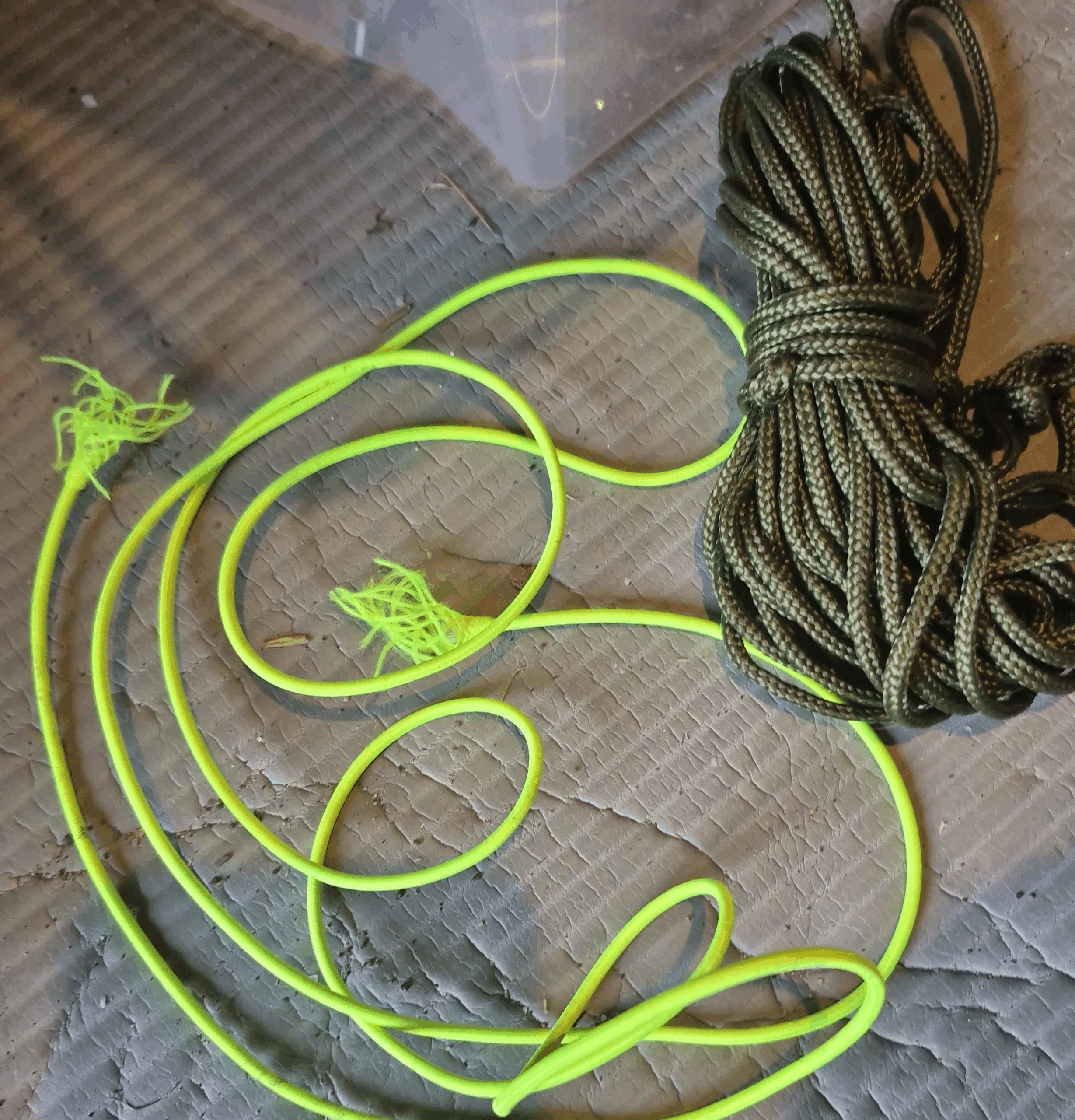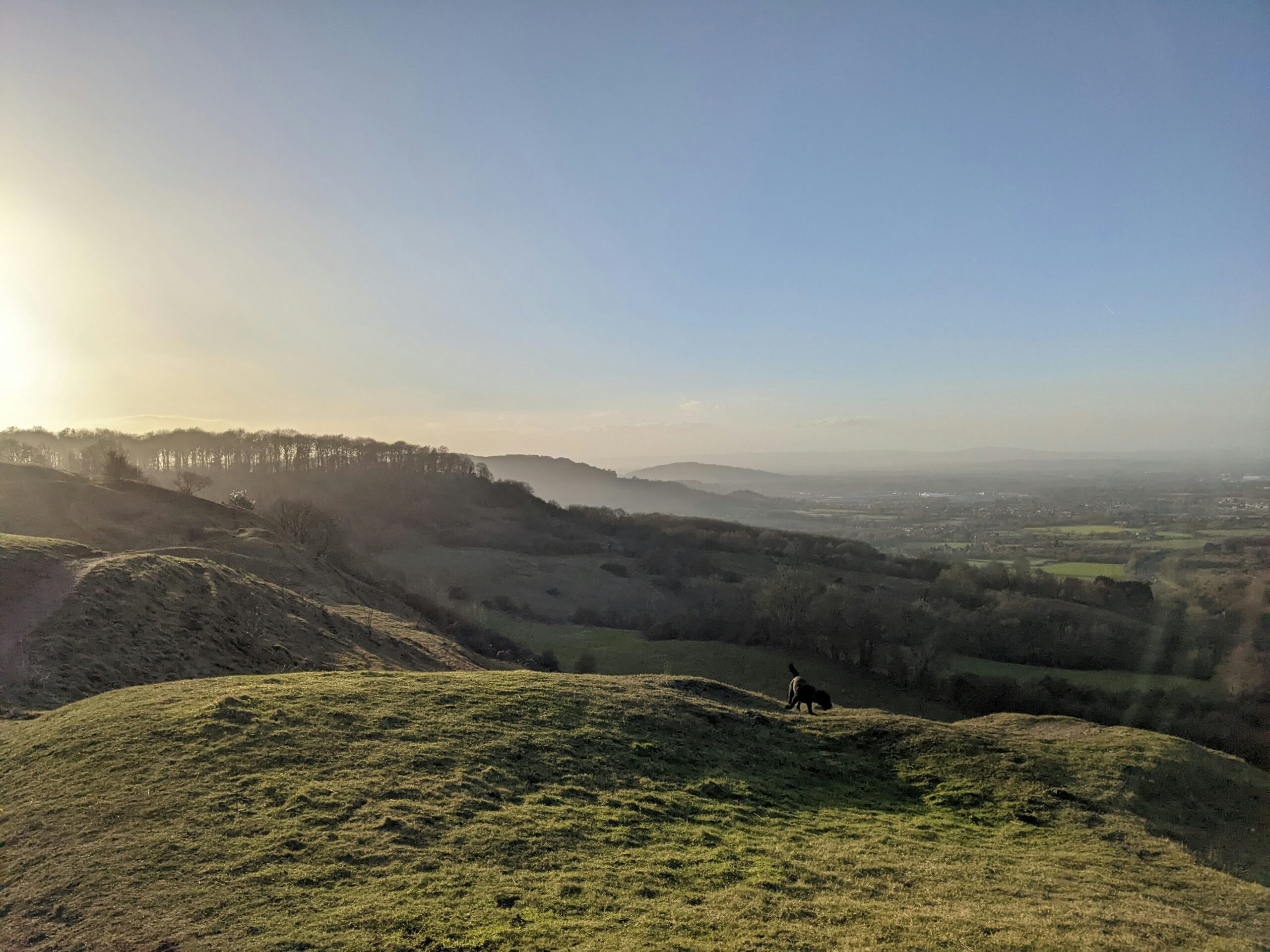The Durham Round is a 155-mile walking route around the boundary of County Durham, first described in Jill Delaney’s 1997 book The Durham Round: A Challenge to Walkers. Blending rivers, moorlands, coastlines and old railway lines, it’s one of the most varied and overlooked long-distance routes in the North of England.
The route was researched, compiled and beautifully illustrated by Jill herself, and originally published by Printability Publishing Ltd. Unfortunately, the publisher no longer exists, and although I’ve been in touch with the former owners—who kindly tried to pass my details on—I haven’t yet managed to contact Jill.
Jill, if you ever read this, please get in touch—I have so much to ask you!
The book is really hard to get hold of, I manage to snap a copy up off ebay but its for sale also on Amazon for an eye-watering amount used.
Jill Delaney’s Vision
Jill wrote that:
“The Durham Round is not for the record breakers, heroes and heroines—it is within reach of most reasonably fit people and people with disabilities.”
She described it not as a test of endurance, but as an achievable adventure that invites you to slow down, connect with the landscape, and rediscover the detail and depth of County Durham on foot:
“A walking expedition is a slow-moving affair and the days last a long time. The walker slows down to its pace and the day is crammed with detail upon detail which would have gone unnoticed if you were in a car or even cycling. You feel you could write a book about just one day… and you could—your five senses have become so finely tuned.”
It’s this spirit of discovery and reflection that draws me to the route.
What the Route Covers
The Durham Round ties together parts of several existing long-distance trails, including:
– The Weardale Way
– The Wear Valley Way
– The Waskerley Way
– The Teesdale Way
– The Haswell–Hart Walkway
– The Castle Eden Walkway
It also includes five additional loops or extensions:
1. Hartlepool Loop
2. Barnard Castle Loop
3. Killhope Lead Mine Loop
4. Tan Hill Loop
5. Darlington Loop
Some of these are more “out-and-back” diversions than full circuits, but they add opportunities to explore the towns and landscapes surrounding the main route. I’ll definitely be using the Hartlepool, Barnard Castle and Darlington loops for food and supplies during my attempt.
Although it loosely follows the County Durham boundary, the route sometimes strays beyond it—crossing into Yorkshire at Croft, for example, or ending the Castle Eden Walkway outside the county entirely. It also makes extensive use of dismantled railway lines, many of which have become multi-use trails. These are paths I already know well from training hikes, so I feel right at home there.
My Plan
For me, the journey will begin and end at Durham Cathedral. It feels like the perfect symbolic start and finish—solid, enduring, and visible from miles around. A monument of faith and endurance to guide me safely back home.
I’ll walk the route clockwise, starting from Durham City towards the coast, then heading south to Hartlepool before turning inland. This approach should ease me in with lowland and farmland paths before I reach the higher moors later on. Navigation may be tricky at both ends of the county, but that’s part of the challenge.
Navigation and Maps
While GPX files of the route are freely available on Walking Englishman and through the LDWA website (membership required), I plan to follow Jill’s book alongside my own mapped route, keeping the GPX as a backup.
The OS Explorer maps needed are:
– OL19 – Howgill Fells & Upper Eden Valley
– OL30 – Yorkshire Dales, Northern & Central Areas
– OL31 – North Pennines, Teesdale & Weardale
– 304 – Darlington & Richmond
– 305 – Bishop Auckland
– 306 – Middlesbrough & Hartlepool
– 307 – Consett & Derwent Reservoir
– 308 – Durham & Sunderland
Challenges Ahead
My biggest concerns right now are regular access to clean water sources for filtering, and how my body will hold up to multi-day walking and wild camping. Both are things I’ll continue to test and prepare for over winter and spring.
Physically, it’s going to be demanding—but mentally and spiritually, I think it’ll be one of the most rewarding things I’ve ever done.
Final Thoughts
I’m genuinely excited—and a little nervous—about taking on this challenge. But with careful planning, steady training and a bit of luck, I believe I can do it.
More than a route, The Durham Round feels like a journey of reconnection: with the land, with history, and with myself.
Here’s to the miles ahead.





